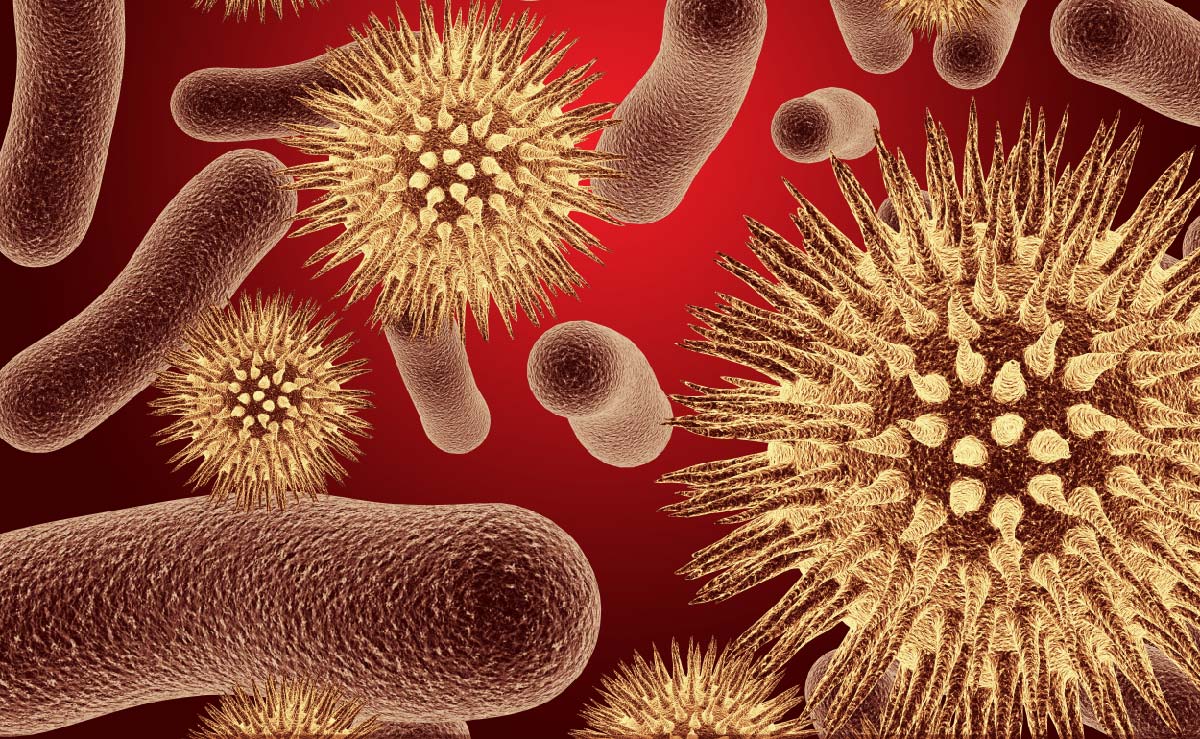Research Field
One of the challenges that researchers in the life sciences encounter is that many biological processes are transient. One such case in point is the ESCRT (Endosomal Sorting Complexes Required for Transport) machinery, a fundamental cellular machine that enables membrane bending and fission. This machinery governs the final separation between two dividing cells, and is responsible for plasma membrane wound healing and nuclear membrane reformation. Crucially, many retroviruses hijack this machinery in order to bud away from the cell as part of their cycle of infection. ESCRT components are found freely diffused in the cytoplasm and are rapidly recruited to a relevant membrane in response to an appropriate trigger; they recycle back to the cytosol shortly thereafter. Prof. Natalie Elia and her team seek to record ESCRT components as they ‘hop’ onto the membrane and perform their particular roles. The challenge in such efforts is to capture these events and changes as they occur. Currently, following such phenomena in live cells provides good temporal resolution but relatively poor spatial resolution, or vice versa. Accordingly, the Elia laboratory works to improve current technologies with the ultimate aim of recording biological processes in live cells at the nanometer resolution under physiological conditions.
Currently, Prof. Elia and her group use unique light microscopy systems capable of achieving high spatial and temporal resolution for observing protein dynamics and macromolecular architecture in living cells. Confocal spinning disk microscopy provides the high imaging speed, high sensitivity, and high dynamic range required for measuring protein dynamics in cells, while super-resolution microscopy (SRM) allows mapping the spatial organization of protein complexes in their native environment at nanometer scale resolution. The temporal information obtained by spinning disk microscopy and the detailed spatial information obtained by SRM can be integrated in order to generate a spatiotemporal map of protein complexes in a given cellular process. Assembling such spatiotemporal maps will facilitate mechanistic understanding of different cellular machineries. More precisely, by visualizing fluorescently labeled components of a given machinery, Prof. Elia and her laboratory are able to resolve the macromolecular composition of specific molecular machinery, such as ESCRT, inside the cell from a physiologically relevant perspective.
As part of these efforts, the Elia team is currently developing new approaches for “tag-free” fluorescent labeling of proteins in live cells with small organic dyes, thereby addressing current needs for smaller tags with enhanced fluorescent properties, relative to what are currently being used. Prof. Elia and her colleague, Dr. Eyal Arbely, engineer cells to incorporate a chemically modified amino acid that is able to bind an organic dye in the cellular milieu. Through this technology, they aim to perform live cell SRM imaging at superb spatiotemporal resolution.
To expand the physiological relevance of their studies, the Elia laboratory also visualizes the ESCRT machinery in the whole organism. For this, they have built a setup that allows live cell recordings of cell division during early zebrafish embryogenesis. By specifically labeling different ESCRT components and visualizing their dynamics and spatial organization in different division cycles, the team aims to obtain a physiologically relevant description of ESCRT function during development.
The information collected by Prof. Elia and her team will further our understanding of the specificity and regulatory basis of the ESCRT machinery. This may ultimately lead to developing strategies that target specific cellular functions that rely on the ESCRT machinery, such as viral particle release. Such efforts will be central to developing novel anti-retrovirals.

 ?>)
